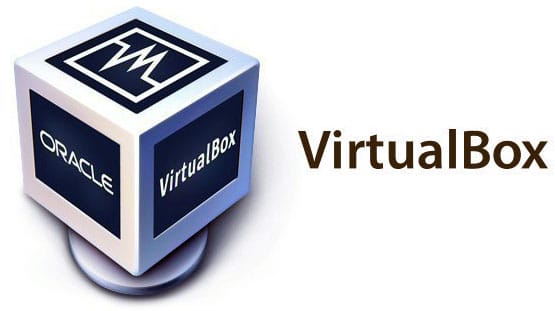
In this tutorial, we will show you how to install VirtualBox on Ubuntu 20.04 LTS. For those of you who didn’t know, VirtualBox is a program that allows you to install an operating system without changing your computer’s main operating system. This software allows you to create and run guest operating systems (“virtual machines”) such as Linux and Windows on top of the host operating system.
This article assumes you have at least basic knowledge of Linux, know how to use the shell, and most importantly, you host your site on your own VPS. The installation is quite simple and assumes you are running in the root account, if not you may need to add ‘sudo‘ to the commands to get root privileges. I will show you the step-by-step installation of VirtualBox on a Ubuntu 20.04 LTS Focal Fossa server.
Prerequisites
- A server running one of the following operating systems: Ubuntu 20.04, 18.04, 16.04, and any other Debian-based distribution like Linux Mint.
- It’s recommended that you use a fresh OS install to prevent any potential issues.
- SSH access to the server (or just open Terminal if you’re on a desktop).
- A
non-root sudo useror access to theroot user. We recommend acting as anon-root sudo user, however, as you can harm your system if you’re not careful when acting as the root.
Install VirtualBox on Ubuntu 20.04 LTS Focal Fossa
Step 1. First, make sure that all your system packages are up-to-date by running the following apt commands in the terminal.
sudo apt update sudo apt upgrade
Step 2. Installing VirtualBox on Ubuntu 20.04.
- Installing VirtualBox from Ubuntu repositories
Run the following commands to install VirtualBox and Extension Pack:
sudo apt install virtualbox virtualbox-ext-pack
- Installing VirtualBox from Oracle’s repositories
First, import the Oracle public keys using the following commands:
wget -q https://www.virtualbox.org/download/oracle_vbox_2016.asc -O- | sudo apt-key add - wget -q https://www.virtualbox.org/download/oracle_vbox.asc -O- | sudo apt-key add -
After that, add the VirtualBox APT repository to your Ubuntu system:
echo "deb [arch=amd64] http://download.virtualbox.org/virtualbox/debian $(lsb_release -cs) contrib" | \ sudo tee -a /etc/apt/sources.list.d/virtualbox.list
Install the latest version of VirtualBox using the command:
sudo apt update sudo apt install virtualbox-6.1
Step 3. Installing VirtualBox Extension Pack.
The VirtualBox Extension Pack enhances the functionality of your virtual machines. It adds additional tools like USB 2.0 and 3.0, Remote Desktop, and encryption:
wget https://download.virtualbox.org/virtualbox/6.1.8/Oracle_VM_VirtualBox_Extension_Pack-6.1.8.vbox-extpack
Next, import the Extension Pack:
sudo VBoxManage extpack install Oracle_VM_VirtualBox_Extension_Pack-6.1.8.vbox-extpack
Step 4. Accessing VirtualBox.
Once it’s installed, start it from your application menu, run the command below to start VirtualBox from a terminal, or find the application on your ubuntu dash and launch it:
virtualbox

Congratulations! You have successfully installed VirtualBox. Thanks for using this tutorial for installing VirtualBox on Ubuntu 20.04 Focal Fossa. For additional help or useful information, we recommend you to check the official VirtualBox website.